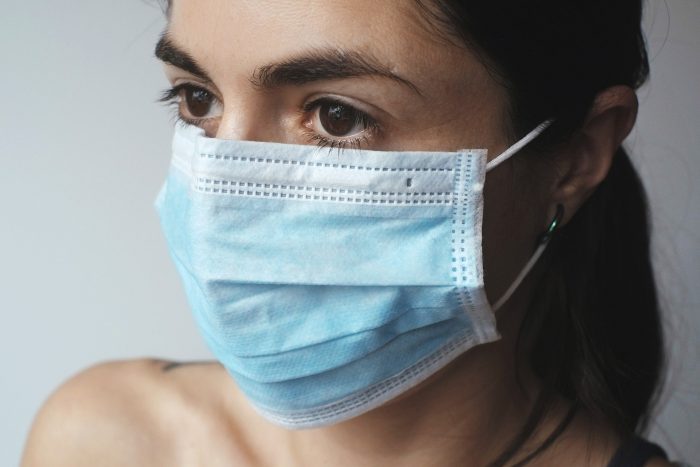

By Raymond Janis
Next week, community members will have an opportunity to weigh in on the direction of their local schools.
On Tuesday, May 17, the Port Jefferson and Comsewogue school districts will hold public votes seeking approval of their proposed annual budgets and trustee elections.
Port Jefferson School District
The proposed budget of $46,114,331 has a tax levy increase of 1.74%, which falls below the district’s allowable tax cap limit of 2%. State aid has increased from $3.8 million to $3.84 million.
According to a newsletter from the school district, the proposed 2022-23 budget is designed to maintain and expand upon robust educational initiatives for students while being fiscally mindful of the impact on taxpayers.
The budget allows for the addition of new high school electives, including the introduction of the AP Capstone program. The budget also expands the district’s pre-K program to full day and extends the Integrated Co-Teaching program for grades K-2.
Residents will also vote on projects to renovate the elementary school pool ($533,612), high school athletic event bleachers ($561,000) and high school roofing ($105,387).
Also on the ballot is a $2,335,000 proposition to use the district’s capital reserves to address drainage and retaining walls at the middle school. This second proposition is at no cost to taxpayers and does not affect the tax levy limit.
Voting takes place May 17 from 6 a.m. to 9 p.m. at the high school cafeteria.
Comsewogue Union Free
School District
The proposed expenditure budget for the 2022-23 academic year totals $102,117,258, a 3.7% increase from the previous year. State aid has increased to $35.6 million from $33.2 million, a 7.2% change. It is estimated the average homeowner will pay an extra $162 in annual taxes.
According to minutes from a May 5 budget hearing, the stated goals of the proposed budget are to increase student learning and maximize student potential by enhancing the quality of instruction throughout the district.
Through this budget, the board also hopes to ensure a safe, secure and orderly environment that supports student learning. Additionally, it seeks to ensure fiscal responsibility, stability and accountability through a transparent process that has the support of the community, developing a school district budget that is taxpayer sensitive and aligns with the district’s student learning objectives.
Also on the ballot is Proposition Two, which if approved will reauthorize capital appropriations not exceeding $500,000 to finance health and safety items from the buildings conditions survey, drainage, sidewalks, among other capital investments. It is anticipated that there will be no increase in taxes due to this proposition.
The vote will be held from 9 a.m. to 9 p.m. in the gymnasium of Comsewogue High School, located at 565 N. Bicycle Path, Port Jefferson Station.






























































